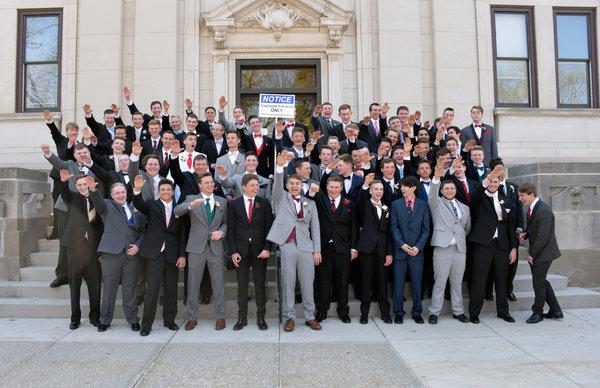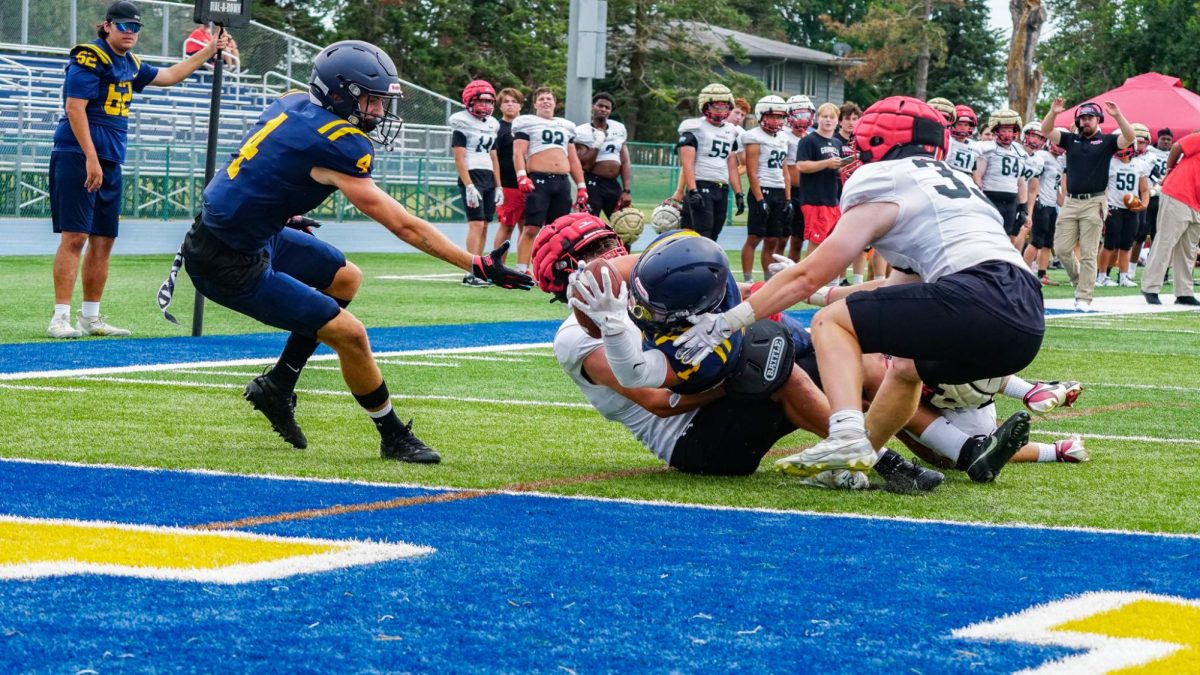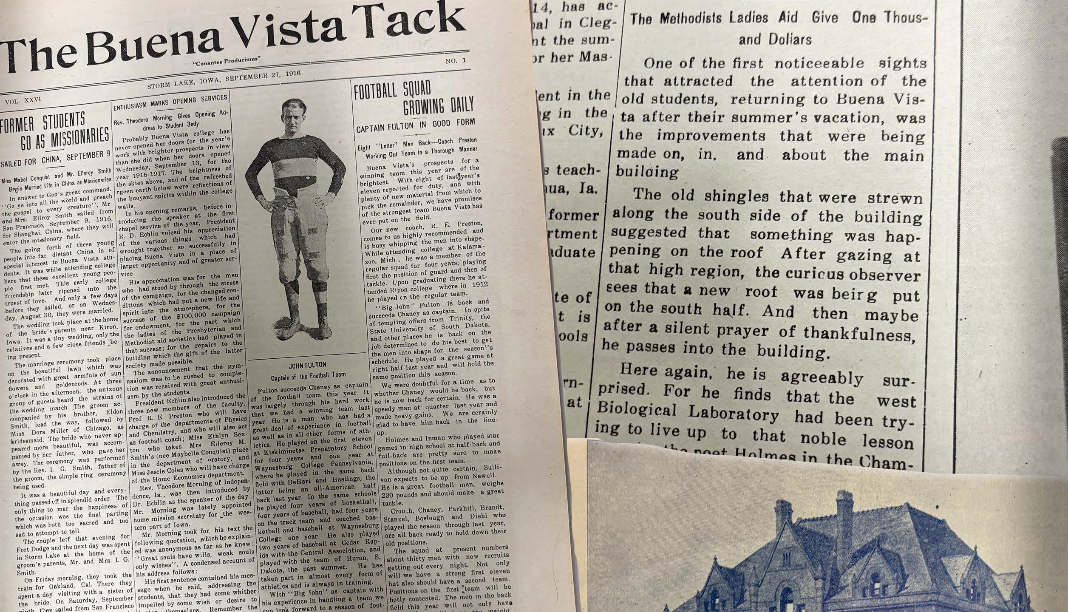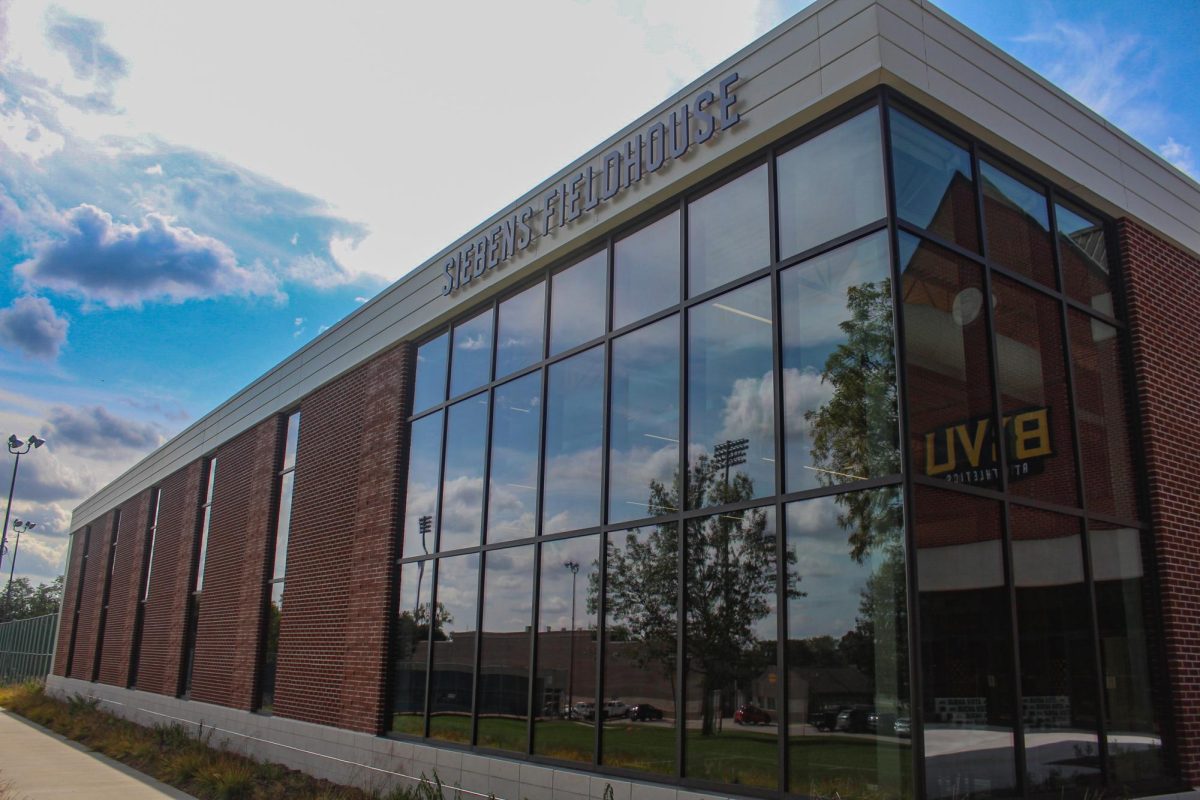Is the Sieg Heil Protected by the First Amendment?

Photo Courtesy of New York Times
December 9, 2018
A photograph of a group of young men made mainstream media headlines recently, sparking conversation about the freedom of speech across the country. The photo shows a group of mostly white males posing with their arms raised in what appears to be the Sieg Heil salute, also known as the Nazi salute. The Sieg Heil salute was used by the Nazi Party to demonstrate obedience to Adolf Hitler in the 1930’s, during the time of the Holocaust. The picture was taken as a group prom picture, and the young men in the photograph were from Baraboo High School in Baraboo, Wisconsin.
The photograph was seen by most as unacceptable, and people across the world wanted to see these young men punished.
From most of the nation wanting to see Baraboo High School’s administrators punish the young men by expelling them, conversation started to spark about the First Amendment and their right to free speech.
According to the First Amendment, “Congress shall make no law respecting an establishment of religion, or prohibiting the free exercise thereof; or abridging the freedom of speech, or of the press; or the right of the people peaceably to assemble, and to petition the Government for a redress of grievances”, outlining that everyone, including the young men of Baraboo High School, have the right of free speech.
In an interview with Andrea Frantz, a professor of Digital Media at Buena Vista University and a First Amendment advocate, she explains why these young men are not being punished. “The First Amendment protects this kind of message, if you’re going to want to call it a message. Historically, the courts have interpreted the freedom of speech to encompass even unpopular speech, which is what this would be considered. You can’t see any evidence of intent for imminent lawless action in this gesture, because this gesture would be considered symbolic speech. This is not considered obscene, although some of us would interpret it as obscene depending on our perspectives, it is not defamatory, and it is not specifically designed to incite imminent violence.”
As the daughter of a Jewish man, hearing that the Baraboo High School boys in the photograph did not and will not get punished for their actions, it initially brought me sadness and frustration. Although, as someone who has recently been educated on the freedoms of the American people and learned the history of the Supreme Court’s attempts to interpret the First Amendment, it brought me peace knowing that the laws they set in place are intended to keep the people safe, while also free.
“This is a teachable moment. This is an opportunity to help these young men realize there are social ramifications for this kind of behavior. It’s on the school and these young men’s parents to help them understand this kind of behavior can create a lot on consternation and hurt among other community members,” Frantz explained.







